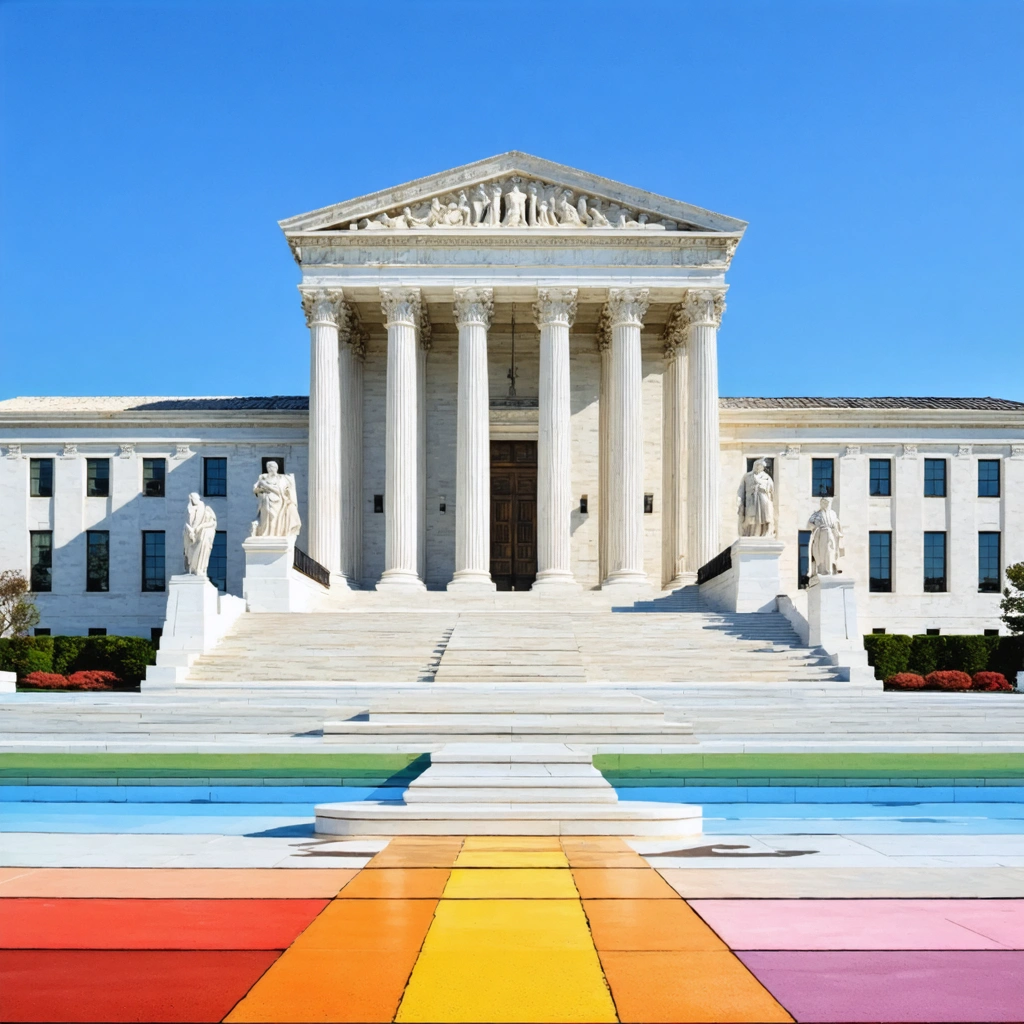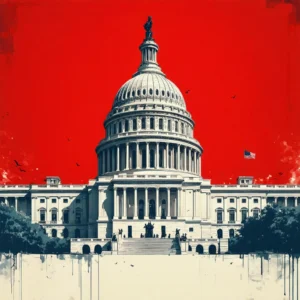
Introduction to the Supreme Court Decision
The recent ruling by the Supreme Court dismissing the Trump administration’s request to reinstate Hampton Dellinger as the head of the Office of Special Counsel (OSC) marks a significant moment in the ongoing debate over federal oversight and the independence of regulatory agencies. This decision, though rendered in a single-sentence order, reverberates across the legal and political communities, impacting how executive actions are challenged and reviewed by the judiciary.
Background of the Controversy
The legal saga began with the removal of Hampton Dellinger through an email sent on February 7. Despite the lack of specified reasons for his dismissal, Dellinger’s removal raised concerns about potential political interference in the operations of an agency mandated to protect whistleblowers. In a swift response, a federal judge, U.S. District Judge Amy Berman Jackson, issued a temporary restraining order that restored him as the head of the OSC. The Trump administration subsequently sought to block this restraining order, propelling the matter to higher judicial echelons.
Legal Underpinnings and Judicial Reasoning
The Role of Temporary Orders and Appeals
Following the reinstatement order by Judge Jackson, the Trump administration escalated the issue by appealing to the Supreme Court. The administration’s legal team argued that the temporary reinstatement interfered with the administrative prerogative and the executive branch’s discretion. Yet, the appeals process saw a significant reversal when a three-judge panel of the D.C. Circuit sided with the interests of the administration by pausing Jackson’s order. However, the Supreme Court’s dismissal highlighted that by the time of review, the controversy had become moot. This outcome not only illustrates the procedural complexities inherent in administrative law but also emphasizes the principle of mootness in judicial review.
Implications for Judicial Oversight
The decision underscores the challenges courts face when dealing with politically charged administrative actions. A summary of key legal considerations includes:
- Separation of Powers: The ruling reaffirms the balance between judicial deference and executive authority.
- Judicial Efficiency: By dismissing the case as moot, the Supreme Court avoided engaging in an academic debate, thereby conserving judicial resources.
- Precedential Value: The judgment may set boundaries for future interventions in administrative proceedings when the underlying controversy has already been resolved.
Political and Business Ramifications
Impact on Federal Oversight and Organizational Governance
The implications of this case extend far beyond the immediate dispute over the OSC leadership. Business leaders, policy makers, and regulatory bodies have observed closely as legal precedents are tested in politically sensitive cases. The decision carries several significant ramifications:
- Reassessing Regulatory Independence: Corporations and governmental agencies alike are now tasked with reviewing the level of independence afforded to oversight bodies, ensuring that politically motivated decisions do not encroach upon their operational mandates.
- Enhancing Transparency in Administrative Actions: This case serves as a catalyst for discussions on transparency and accountability in government operations. Companies may need to align their compliance strategies with evolving interpretations of oversight mechanisms.
- Mitigating Political Influence: Both public and private sectors are watching for changes that might protect agencies from undue political interference, promoting fairer business practices and regulatory environments.
Corporate Governance and Business Strategies
For the business community, the Supreme Court ruling reinforces the imperative of robust corporate governance. Not only does the decision serve as a reminder of the importance of ethical compliance and internal checks, but it also encourages companies to adopt best practices in transparency and accountability. A detailed analysis reveals:
| Key Aspect | Implication |
|---|---|
| Regulatory Oversight | Strengthening mechanisms to prevent political overreach can ensure stability in regulatory environments. |
| Risk Management | Anticipating legal disputes and understanding their government implications help companies build better risk frameworks. |
| Strategic Response | Proactive measures and scenario planning become essential when facing potential shifts in federal policy and oversight. |
Economic Considerations and Market Stability
Business leaders are increasingly aware that legal and political disputes such as this one can ripple into economic policies and market sentiment. While the immediate effects may be indirect, long-term consequences include:
- Increased caution in regulatory investments
- A renewed focus on diplomatic engagement between private enterprises and government agencies
- The development of comprehensive legal strategies that account for potential shifts in administrative priorities
Future Outlook and Policy Implications
Progress in Legislative and Judicial Reforms
The dismissal of the administration’s request provides a critical learning opportunity for lawmakers and legal practitioners. It highlights the necessity for clear, robust policies governing the independence of oversight agencies. Future reforms may revolve around:
- Legislative Clarity: Legislative bodies may consider introducing or amending laws that delineate the scope of executive powers in appointing and removing heads of independent agencies.
- Judicial Review Enhancements: Changes to procedural rules could ensure that cases involving administrative decisions are examined with greater contextual sensitivity, balancing efficiency and thoroughness.
- Agency Autonomy: Strengthening the statutory safeguards that protect oversight bodies from political interference will be essential in future public sector governance.
Business Adaptation to a Shifting Legal Landscape
Corporate governance structures may also evolve in response to these developments. Organizations can adopt several measures to bolster their resilience:
-
Review Internal Policies:
Companies should conduct audits of their compliance and risk management practices to ensure alignment with new regulatory standards.
-
Engage with Legal Experts:
Ongoing consulting with legal experts can help businesses navigate potential changes in administrative law that might affect their operations.
-
Invest in Transparency Initiatives:
A transparent operational culture fosters trust and minimizes the impact of future regulatory challenges.
Conclusion: Balancing Legal Integrity and Business Efficiency
In conclusion, the Supreme Court’s dismissal of the effort to reinstate Hampton Dellinger encapsulates an evolving dialogue between political maneuvering and judicial restraint. The decision not only clarifies the immediate jurisdictional stance on the matter but also serves as an impetus for wider discussions on oversight, transparency, and corporate governance. As legal frameworks continue to shift in response to political pressures, both federal agencies and private sector organizations must remain vigilant and adaptive—balancing legal integrity with operational efficiency to foster a stable and predictable business environment.
This ruling will likely influence not only future legal disputes but also the strategic planning of businesses that operate within or in close liaison with federal regulatory frameworks. As the legal community reviews this decision, it reinforces a shared commitment to independence, accountability, and the rule of law—cornerstones that remain essential for the integrity of both governmental agencies and the entities they regulate.







